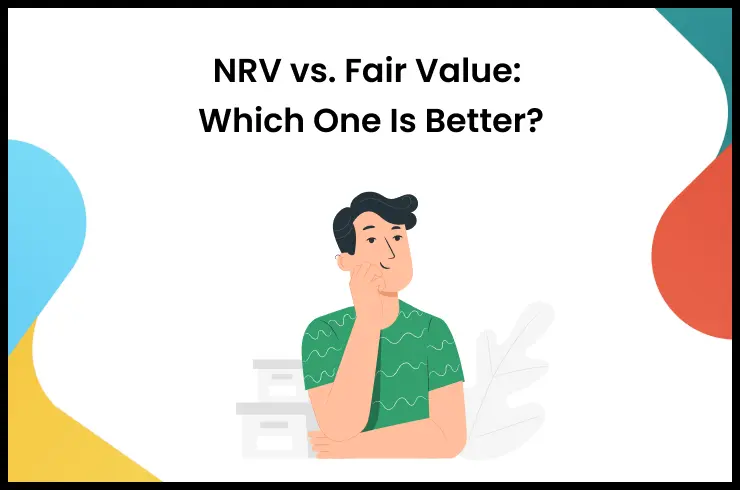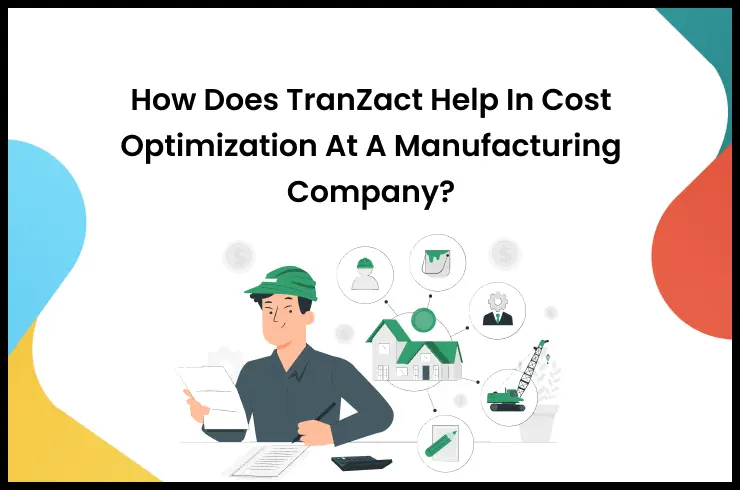A debit note is an important part of following accounting best practices as an SME manufacturing business in India. A debit note is a commonly used document in the business-to-business (B2B) environment.
Whether operating at a large scale or small, both buyers and sellers often make use of these in order to rectify accounting inaccuracies that tend to occur in the course of doing business.
What Is a Debit Note?
A debit note is a document that comes into play after a sale has been completed and an invoice is generated, and the invoice requires some changes to be made. Also known as a debit memo, this is a commercial document that can be issued by either the buyer or the seller.
Let's review two potential scenarios with the help of an example to understand it better:
Debit note issued by a buyer
A real estate developer, Eknath enterprises, gives an order for 20 steel pipes to Sagar Steel. These two parties have already negotiated a rate of Rs. 5000 per pipe, which Sagar Steel fulfills, on time. However, when the pipes are received and evaluated for quality, Eknath finds 10 of them to be cracked. Eknath then issues a debit note to Sagar Steel mentioning the need to debit the amount due by the value of the 10 cracked pipes (10x5000).
Debit note issued by supplier
Sagar Steel has put all their manpower behind the fulfillment of the order by Eknath enterprises. After they complete the order and send the invoice, Sagar Steel realizes their accounting team has made an error on the invoice, stating the per unit price as Rs. 4000, even though the two parties had agreed upon a per unit price of Rs. 5000. Sagar Steel generates a debit note to Eknath mentioning the need for the amount due to be adjusted by the difference; 1000 (balance per unit) X 20 (number of units).
Read Also: real-time platform
When Is a Debit Note Issued?
When a sale has been agreed upon and completed but there is a discrepancy in the details of the invoice, a debit note is issued by either the supplier or the buyer. Here's a quick look into the reasons for issuing this:
Debit note from the buyer:
- Inaccuracy in the invoice - The sale has been completed and the invoice has been raised, however, the amount stated by the seller in the invoice is not correct.
- Damaged goods - After the completion of delivery from the seller, the buyer realizes that some of the goods received are not in acceptable condition.
- The transaction being canceled - Due to some unforeseen circumstances, the buyer needs to cancel the purchase of the goods and send them back to the seller.
Debit note from the seller:
- Invoice amount needs to increase - The seller has shared the invoice with the buyer after completing the delivery of goods, but has mistakenly charged a lower amount as the per-unit price.
- Wrong taxation slab - The seller has shared an invoice that contains a 12% GST amount instead of the applicable 18% tax rate and this needs to be rectified.
- Total invoice amount - The seller has written the per unit price correctly but the total amount due has been erroneously calculated and published.
Read Also: purchasing
How Does a Debit Note Work?
A debit note is a crucial document in business transactions, especially for accounting corrections and adjustments. Here’s a simplified guide to understand its workings:
-
Separate Accounting Book: Maintain a distinct accounting book exclusively for tracking debit notes and related details.
-
Document Copies: Generate two copies of the debit note, ensuring both the issuing and receiving parties retain one each for their records.
-
Monthly Tax Returns: If you’re a supplier issuing a debit note, ensure to detail it in your monthly tax returns, preferably by the subsequent month of its issuance.
-
Time of Issuance: While there’s no strict deadline for issuing a debit note, GST laws recommend issuing it within the financial year of the transaction for timely tax adjustments.
-
Alternative Issuance Time: Alternatively, issue the debit note by or before September 30th of the financial year following the year in which the sale occurred.
By adhering to these practices, businesses can ensure accurate accounting and compliance with tax regulations.
Read Also: What Is Overhead Rate and Why Should Your Business Be Tracking It?
Alternate Forms of Debit Note
A debit note serves as a versatile tool in business transactions, aiding in the correction of invoice values and details. However, it can take on various forms depending on the context of its issuance:
1. Payment Reminder:
- Purpose: A supplier might issue a debit note to remind the buyer of a pending payment for a completed sale.
- Common Scenario: This is particularly useful if there’s uncertainty about whether the buyer has received the original invoice or processed it on time.
2. Goods Receipt Acknowledgment:
- Purpose: A debit note can act as a receipt, acknowledging the receipt of goods by the buyer.
- Function: It confirms the initial receipt of goods, providing the buyer with time to assess the condition of the goods before the official invoice is settled.By understanding these alternate forms, businesses can effectively utilize debit notes for smoother transaction processes and clearer communication.
Debit Note Format
As an SME manufacturer in India, there is no defined debit note format that you need to follow. However, there are some fields that the authorities consider to be necessary. Here's what you need to include:
- Company details: The name, address and GSTIN of the supplier and the buyer both.
- Serial number: An alpha-numeric sequential code that clearly denotes the serial number for that particular debit note.
- Associated invoice number: The alpha-numeric sequential code of the actual invoice that the debit note is issued for.
- Relevant dates: The date of creation of the invoice and the date of issuance of the debit note.
- Detailed descriptions: A full account of all the details and descriptions of the goods in question.
- Legally authorized signatures: Signatures of the authorized signatories from the party that is issuing the debit note.
Importance of Debit Note Under GST
A debit note in GST is a document that is issued by the supplier and shared with the buyer under section 34(3) of the CGST act (2017). This occurs when any of the following take place:
-
The seller has ended up supplying more goods than were agreed upon between the two parties.
-
The seller has charged a tax amount that is falling short of the actual amount they were supposed to charge.
Once a it is issued, it provides the details for GSTR-1 which is the month in which the sale was completed. These details form the basis of GSTR-2A and GSTR-2B for the recipient of the debit note, who needs to verify and approve it to formalize the document.
Efficient Debit Note Management With TranZact
TranZact has been developed specifically with the needs of Indian SME manufacturers in mind. It is built to eliminate all inefficiencies in documentation for SMEs and create a stress-free operational environment.
With TranZact you can save considerable time and resources as you create debit notes with the click of a button. This dynamic platform is cloud-based, giving you real-time updates and insights into your sales and purchase data, all under one roof!
FAQs on Debit Note
1. What is the difference between a debit note and a credit note?
Both the debit note and credit note are commercial documents that are used when two parties have completed a sale or purchase. The credit note is utilized when a buyer needs to lower the amount due in an invoice that has been generated. On the other hand, a debit note is typically generated when a seller needs to increase the amount due in the invoice for the sale that has been completed.
2. Who issues debit note?
A debit note can be issued by either party, the buyer or the seller, depending on the nature of the discrepancy in the invoice. If the buyer is being asked to pay more than they should, considering the goods received, the buyer issues a debit note. However, if the seller has charged less than they should have given the agreed-upon terms, the seller issues the debit note.
3. What is the difference between a debit note and invoice?
There is a key difference between a debit note vs invoice. When a buyer and seller have completed a transaction and both parties are satisfied with the outcome, the seller will issue an invoice. This is a legally binding document that legitimately demands payment from the buyer, as per the due date. A debit note on the other hand comes into effect when either the buyer or the seller is not satisfied with the outcome and the details need to be corrected to match the on-ground reality.
















